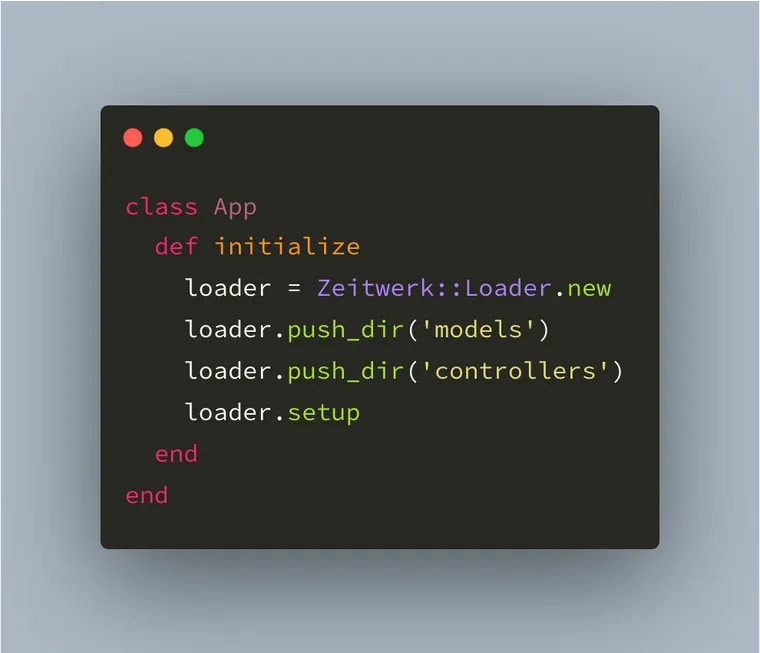How to Implement Rails-like Dynamic Views in Ruby
In this article, we will learn 'one' way to implement the controller-to-view data handoff using instance variables, just like Rails, and following the same conventions as Rails. Although it's a highly simplified implementation to keep things simple, I hope you'll find it fun and learn something new.
This article is for
Members only
